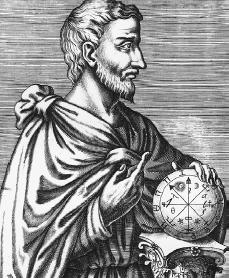Everybody uses math in everyday life whether you know it or not. Do you have a smartphone? What about an tablet or other device? To be able to know how many coins you earn or how much of a higher (or lower) score you have than everyone else or yourself. That is math. Maybe you don't do trigonometry problems on a daily basis but common math is all around us.
If you like to cook or bake, to make enough servings for a group of people takes multiplication and/or addition.
Organizing may be your thing and you probably measure things to make sure they fit into a certain amount of space. A desk may only have 9 inches of space to fit your items in. 3 textbooks that are 2 inches wide each, will only give you 3 inches for your notebooks or other supplies.
You may tell your mom that you are almost out of milk and need her to get more at the store. Maybe you round the amount of milk to about ¼ of a carton left. You are using math.
Even something a simple a planning a sleepover with a few friends uses math. How many people will be there? What time do we need to be there? What time will we go home the next morning? How many hours do we have to hangout? See even the simplest things involve math in some ways.
Sources:http://www.mathworksheetscenter.com/mathtips/everydaymath.html
http://www.learner.org/interactives/dailymath/
http://everydaylife.globalpost.com/use-mathematics-everyday-life-14225.html



